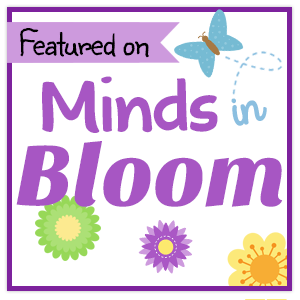Our awesome blogging group decided to share some ideas about creative writing with you this week. Here's my take on it!
By far, the best idea I have ever found to create better writers is to make sure that kids are writing every day. Good writers are people who write. You can't get to be good at something you don't practice. I know. I can't ever run a marathon alongside my hubby because I don't go on all of the shorter practice runs and long bike trips that he takes to build himself up for the big race. Okay, I don't go on any of them. I sit on the couch and read. Don't expect me to ever win a race. Ever. I read and write and then take a cab to the finish line to celebrate with my sweetie!
3
By far, the best idea I have ever found to create better writers is to make sure that kids are writing every day. Good writers are people who write. You can't get to be good at something you don't practice. I know. I can't ever run a marathon alongside my hubby because I don't go on all of the shorter practice runs and long bike trips that he takes to build himself up for the big race. Okay, I don't go on any of them. I sit on the couch and read. Don't expect me to ever win a race. Ever. I read and write and then take a cab to the finish line to celebrate with my sweetie!
I do know a few things about teaching writing, though! Here are a few:
- Kids need to write. Every day. Journals, interactive notebook responses, letters and thank you notes, responses to reading. Every day.
- Writers need to talk to other writers. Give kids time to discuss in pairs or small groups after a topic has been assigned. We can do this for most classroom writing situations. Not for big assessments, of course!
- Writing should be fun! Make sure that your topics are broad enough so that students can interpret them in a way that is meaningful to them. This is especially important with personal narratives!
- Show students ways they can embellish their writing. I have another blog post about that here. Embellishing their work with drawings, diagrams, color, glue - ins, etc., will add interest and encourage reluctant writers who enjoy art to add more to their work.
- Probably the most important thing to remember as you encourage your young authors: Give them time to write. This is a hard one, given the time crunch teachers are under every day to fit everything in. You won't find this time if you try to have the whole class write at the same time every day. You can find it if you use a station or center approach (like Daily Five). You can be covering lots of ground with small focused groups and even individual conferences while some of your class is involved in other activities - like writing!
































